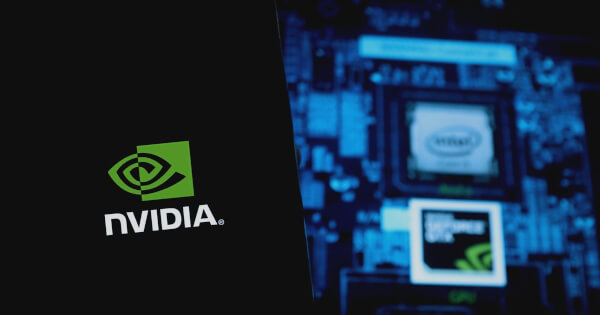NVIDIA Launches cuEquivariance: A Game-Changer for AI in Scientific Research
By Luisa Crawford | Nov 18, 2024
NVIDIA has made headlines once again with the launch of cuEquivariance, an innovative mathematical library that promises to transform the landscape of artificial intelligence (AI) in scientific discovery. With a particular focus on enhancing drug and material research, this cutting-edge tool addresses some of the most pressing challenges in symmetry transformations and computational efficiency.

Enhancing AI for Scientific Precision
The role of AI in scientific fields has become indispensable, especially when predicting complex natural phenomena such as biomolecular structures or the properties of new materials. However, high-precision scientific data remains scarce, which raises the bar for model accuracy. NVIDIA’s cuEquivariance library aims to elevate model performance by incorporating the inherent symmetries of scientific problems, thereby making AI models more robust and data-efficient than ever before.
Overcoming Challenges with Equivariant Neural Networks (ENNs)
Equivariant neural networks (ENNs) play a critical role in scientific modeling by ensuring that AI predictions are consistent, regardless of input changes like orientation or symmetry. Despite their importance, building ENNs has traditionally been a complex and resource-intensive endeavor. With cuEquivariance, NVIDIA simplifies this process by providing CUDA-accelerated building blocks optimized for NVIDIA GPUs, reducing both the complexity and computational demands associated with ENN construction.
Innovative Solutions with cuEquivariance
One of the standout features of cuEquivariance is the Segmented Tensor Product (STP) framework. This innovative approach organizes algebraic operations alongside irreducible representations (irreps), optimizing computational efficiency. By leveraging specialized CUDA kernels and kernel fusion techniques, cuEquivariance enhances the performance of ENNs significantly, cutting down on memory overhead and increasing processing speed.
The impact of this optimization cannot be overstated, particularly for advanced AI models like DiffDock, which adeptly predicts protein-ligand binding poses, and MACE, used in materials science for molecular dynamics simulations. Through the strategic restructuring of memory layouts and augmentation of GPU processing capabilities, cuEquivariance has showcased remarkable performance gains across various NVIDIA GPU architectures in comparative studies.
Transforming Scientific Research
The implications of cuEquivariance extend far beyond mere computational efficiency. By tackling both theoretical and practical challenges, NVIDIA’s latest offering equips researchers with tools to develop highly accurate and generalizable models. Its integration with established models like DiffDock and MACE sets the stage for unprecedented advancements in scientific research, paving the way for a more extensive adoption of AI in both academic and commercial applications.
At Extreme Investor Network, we’re committed to keeping you informed about groundbreaking technologies in the cryptocurrency and AI spaces. The introduction of cuEquivariance not only signifies NVIDIA’s continued leadership in AI innovation but also highlights a pivotal moment for AI’s role in transforming scientific inquiry across various disciplines.
For those interested in harnessing the potential of cuEquivariance in their projects, or for deeper insights into its applications and benefits, we invite you to explore further on NVIDIA’s official blog.
Stay tuned to Extreme Investor Network for more updates on how emerging technologies intersect with markets and propel scientific discovery into the future. Join us on this exciting journey as we explore the limitless possibilities that AI and blockchain technologies offer for tomorrow’s innovations!

